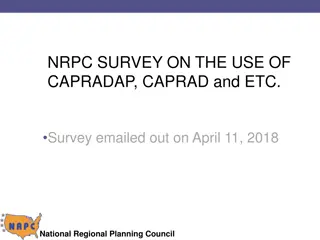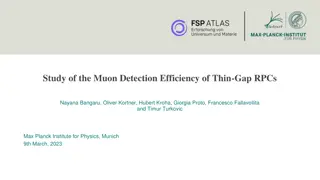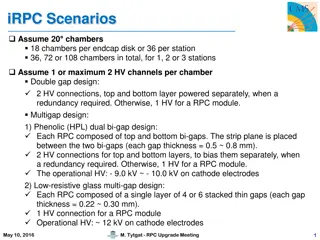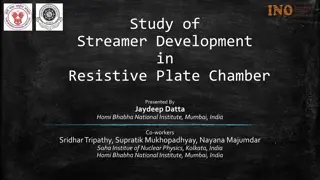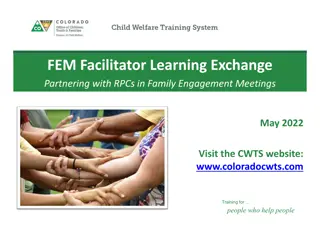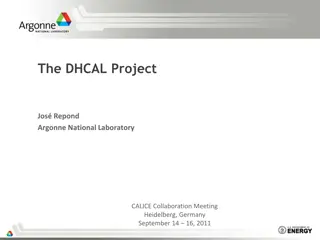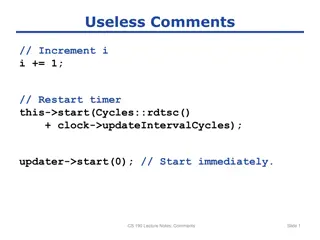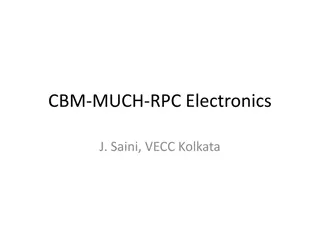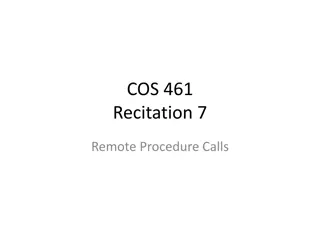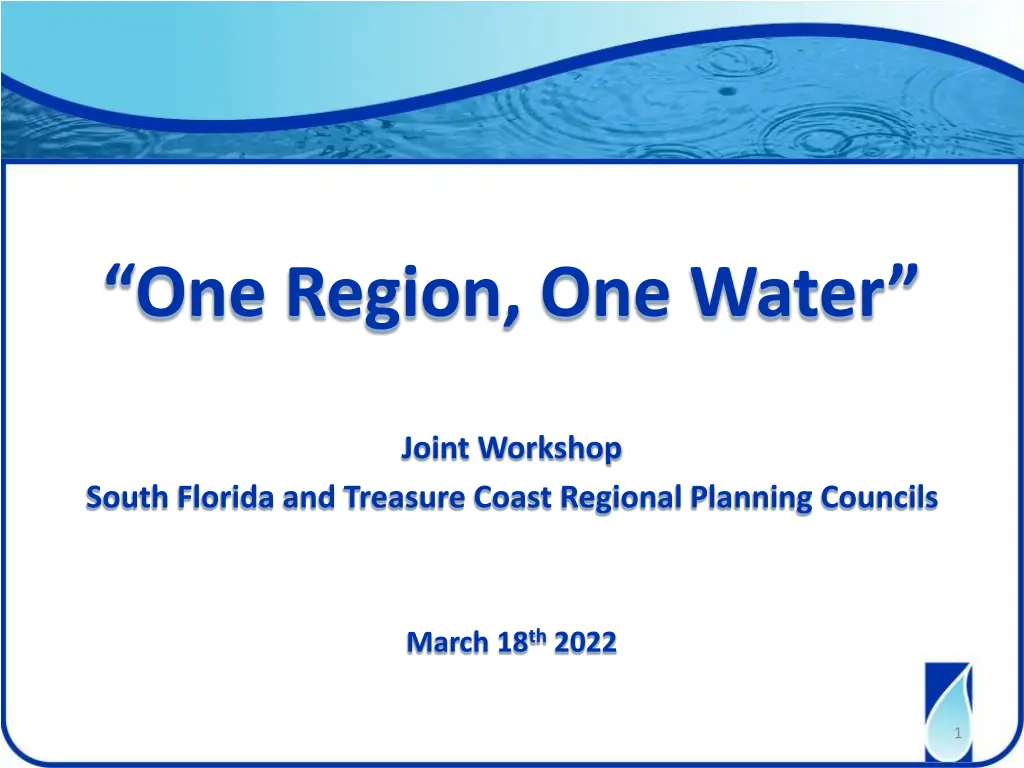
Water Resource Challenges and Funding Needs in South Florida
Explore the pressing water resource challenges in South Florida, including gaps in funding, aging infrastructure, and projected state funding needs. Discover key initiatives and financial requirements for water supply, water quality, and Everglades restoration, emphasizing the importance of honest discussions and recurring funding support.
Download Presentation

Please find below an Image/Link to download the presentation.
The content on the website is provided AS IS for your information and personal use only. It may not be sold, licensed, or shared on other websites without obtaining consent from the author. If you encounter any issues during the download, it is possible that the publisher has removed the file from their server.
You are allowed to download the files provided on this website for personal or commercial use, subject to the condition that they are used lawfully. All files are the property of their respective owners.
The content on the website is provided AS IS for your information and personal use only. It may not be sold, licensed, or shared on other websites without obtaining consent from the author.
E N D
Presentation Transcript
One Region, One Water Joint Workshop South Florida and Treasure Coast Regional Planning Councils March 18th2022 1
a gap exists in every future year, growing to $840.69 million by the end of the ten-year forecast period and this does not include any specific adjustments for new or expanding initiatives. 2
900 Projected State Funding Gap 800 700 600 500 400 300 200 100 0 16 17 18 2018 19 20 21 2019 22 23 24 2020 25 26 27 2021 28 29 3
Water Supply $24.1 Billion for aging water infrastructure replacement (EPA, 2016) $570 to 1.13 Billion to meet future water demands through 2040 (15% increase in demand) $665.1 million to meet currently established minimum flows and levels (MFLs). Water Quality $40.3 Billion for aging wastewater and stormwater infrastructure 20yr capital-needs estimate. $270.5 million for development of TMDL s. $3.2 Billion for the implementation of BMP s. 4
$8.4 B for the State of Floridas share of the implementation of the Comprehensive Everglades Restoration Plan (CERP). (Source: EDR 2021 Edition Annual Assessment of Florida s Water Resources and Conservation Lands). Summary Not including adaptation for Sea Level Rise, Florida will need $66.09 Billion over the next 20 years to address its water resource protection and infrastructure needs. 5
What Comes Next? Honest discussion of values and priorities. Are our limitations real or a product of our choices? How strong is our foundation? Every stakeholder must be prepared to be uncomfortable. No sacred cows. 6
Challenge Requires Recurring Funding Support (Billions) 14 12 10 8 6 4 2 - Water Funding (State Dollars) Transportation WP 7
FY 22-23 General Appropriations Everglades Restoration - $885.9 million Flood and Sea-Level Rise - $513.4 million Springs Restoration - $75 million Drinking Water State Revolving Loan - $202.6 million Alternative Water Supply - $50 million Lead Service Line Replacements - $111.3 million PFAS Test and Remediation - $29.7 million Small & Disadvantaged Communities - $34.7 million 8
FY 22-23 General Appropriations Wastewater State Revolving Loan - $264.8 million Statewide Wastewater Grants - $125 million Small County WW Treatment Grants - $12 million PFAS Testing & Remediation - $3.2 million Septic Upgrade Incentives - $10 million Water Quality Improvements Wastewater Grants - $125 million Indian River Lagoon WQI - $38 million 9
FY 21-22 SFWMD Budget Highlights Total Budget Everglades Projects Construction - $624 million Infrastructure Management - $234 million Flood Protection System Upgrade - $56 million Operations & Maintenance - $117 million Flooding Emergencies - $61 million Sea Level Rise & Climate Impacts - $75 million Water Supply Development Assist. - $7.6 million $1,150,346,196 54.2% 20.3% 4.8% 10.2% 5.3% 6.5% 0.007% 10
What Comes Next? Honest discussion of values and priorities. Are our limitations real or a product of our choices? How strong is our foundation? Every stakeholder must be prepared to be uncomfortable. No sacred cows. 11
WMD Ad valorem Revenues (Millions) 1,000 800 600 400 200 0 05 06 07 08 09 10 11 12 13 14 15 16 17 18 19 20 21 22 12
FY 2022-2023 WMD Cooperative Funding NWFWMD SRWMD SJRWMD SWFWMD SFWMD Total Budget $119.2 mil $ 61.0 mil $151.2 mil $196.6 mil $1,281.5 mil %CF 67.7 41.3 36.7 42.2 1.2 13
What Comes Next? Honest discussion of values and priorities. Are our limitations real or a product of our choices? How strong is our foundation? Every stakeholder must be prepared to be uncomfortable. No sacred cows. 14
Drinking Water Stormwater Resilience Wastewater Ecosystems 15
Drinking Water Positive State commitment to alternative supply dev. Negative Regional approach has been difficult to advance. Solution Increased state role in regional water supply project development. Wastewater Management Positive Commitment and technology advancements. Negative Not yet maximizing the use of the resource. Solution Incentives for increased storage and use of reclaimed water. 16
Stormwater Management Positive State updating 20+ yr. old regulations. Negative Increased burden on all stakeholders. Solution Regional off-site options to both accelerate recovery and reduce regulatory burden. Ecosystem Restoration Positive Record investment by the State. Negative Delays in implementation of projects. Solution Consideration of PPP alternatives. 17
Resilience Positive Recognition that this is both a coastal AND inland issue. Negative Scale of challenge. Solution Development of long-term plan for the identification and implementation (including funding) of resilience projects. 18
Where do we start? The state should undertake a comprehensive review of water policy with the goal of developing recommendations relating to both governance and long-term funding. 19
Governance Issues Delineation of responsibilities between state and local governments. State Water Resource Mgmt. Water Supply Ecosystem Restoration Regional Flood Control Water Quality Protection Local Wastewater Mgmt. Stormwater Mgmt. BMAP Implementation Process for setting and funding state priorities. DOT Work Plan Model Role of WMD s. Role of private sector. 20
Funding Issues Development of a plan to address the growing funding gap including: Delineation of funding responsibilities of state, water management districts and local government. Review of current state, WMD and local revenue sources. Review of limitations on WMD and local revenue sources and conditions under which these may be modified. Identification of new revenue sources required to address state responsibilities. Development of procedures for accessing state funding. 21
Discussion 22

